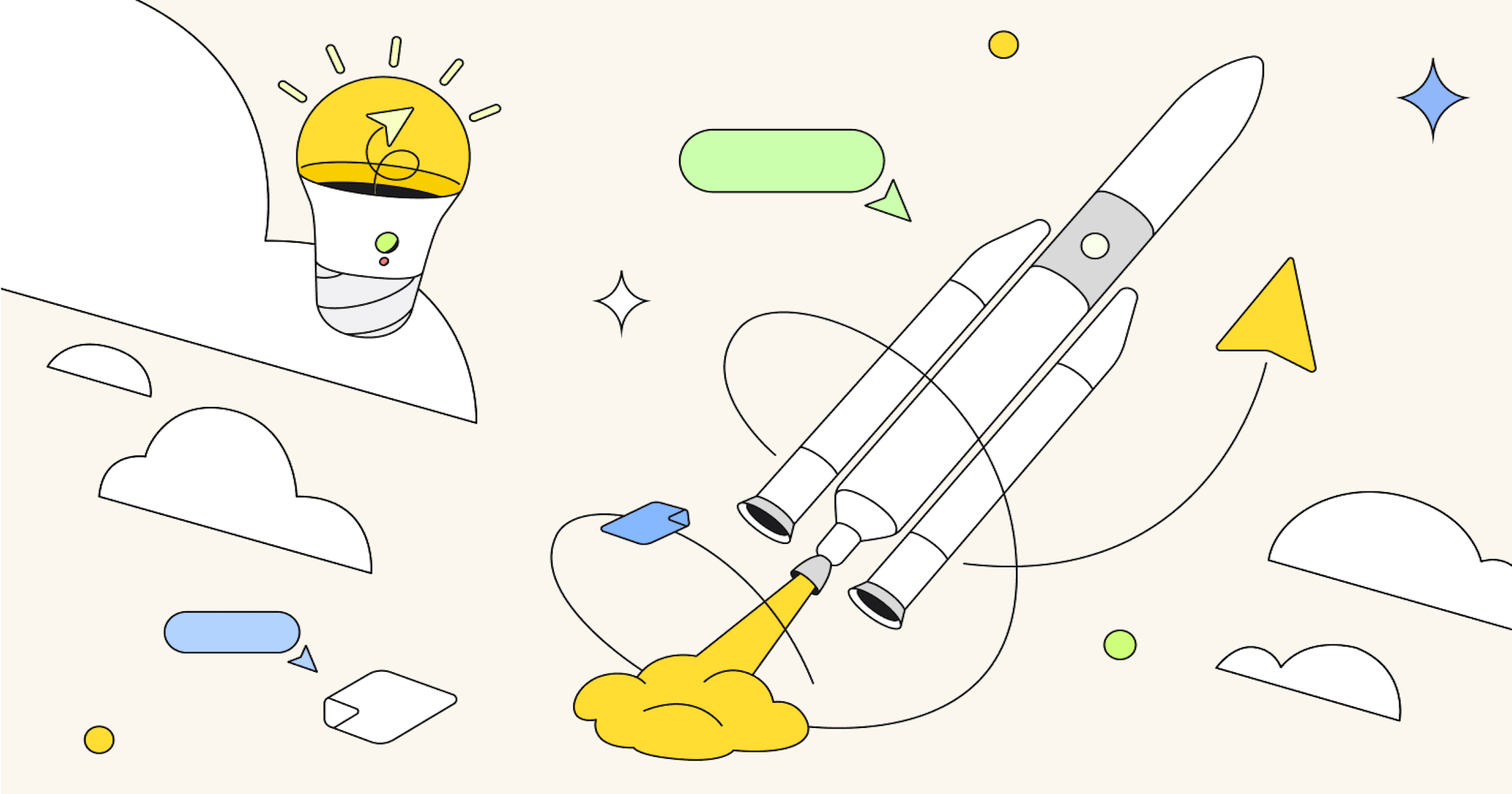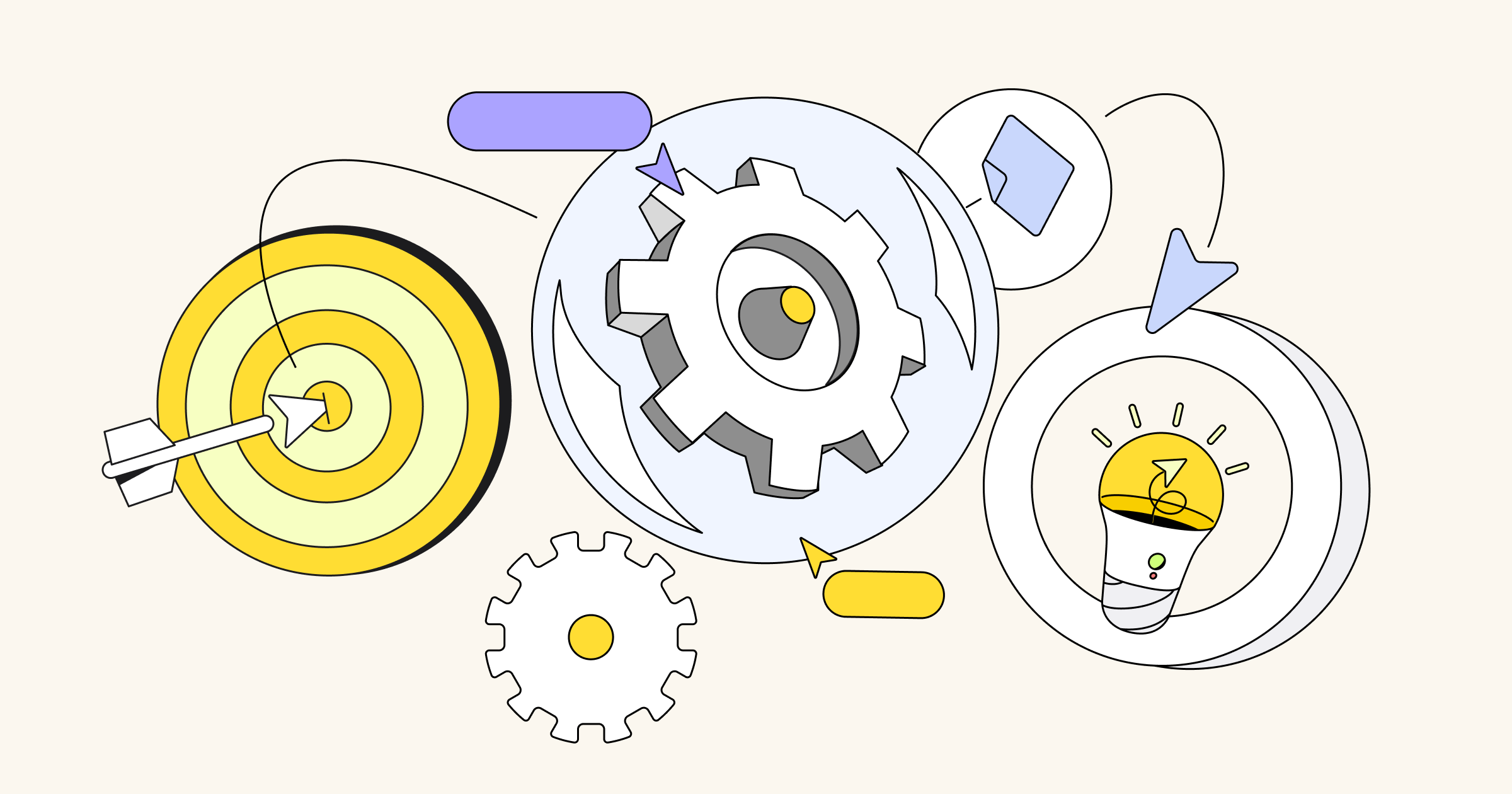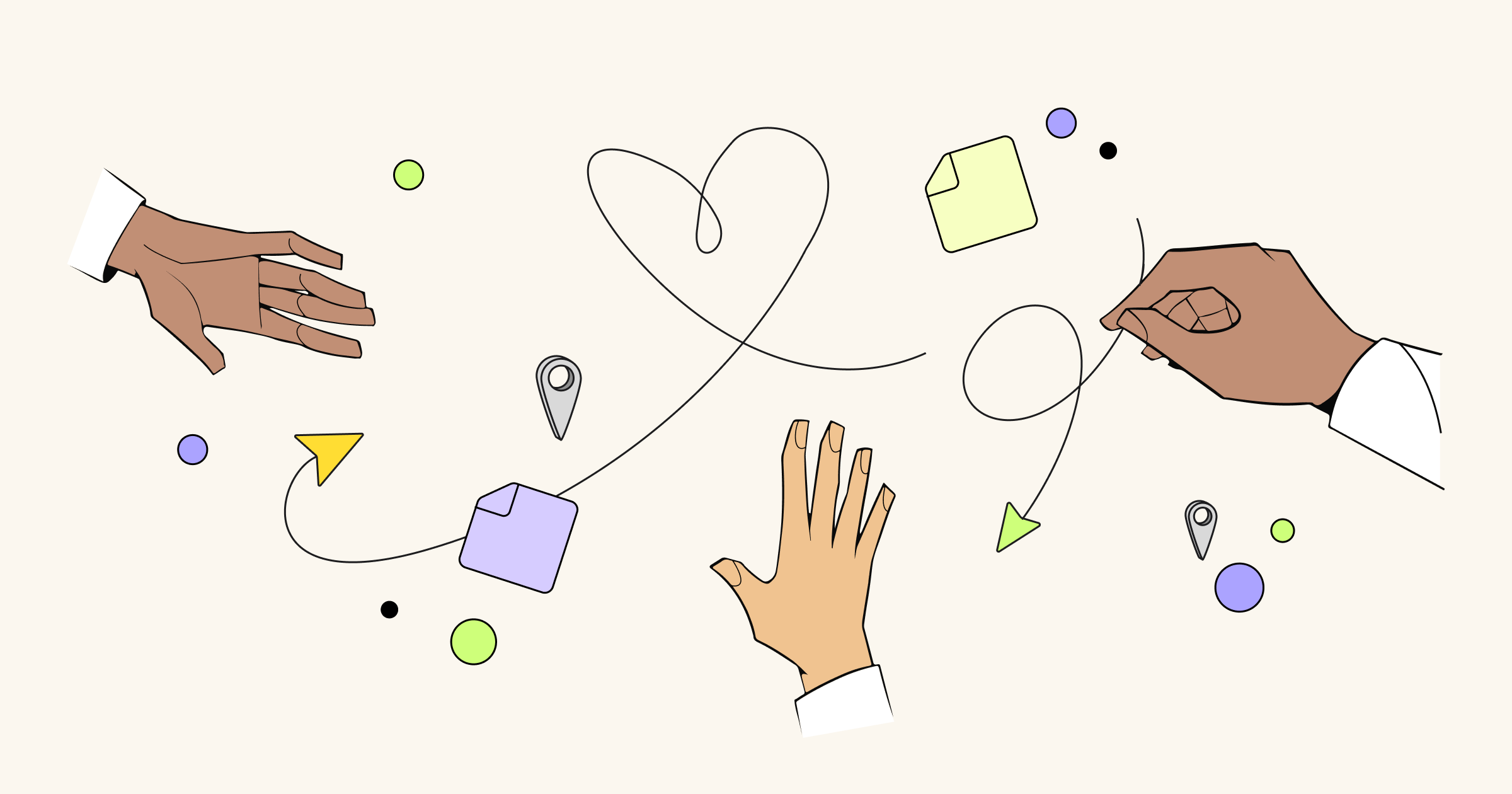Technology is present at all stages of the innovation process, from the earliest planning sessions through the development, iteration, launch, and scale of a product or service. It is part of the collaboration process too, bringing individuals and teams together. But when employees don’t have access to the right technology, even their best laid plans can be hard to execute. Perhaps this is why 31% of information workers and leaders in Miro’s global innovation survey cited technology as their top business challenge.
Having the wrong technology stifles creativity, impedes productivity, and restricts the work process, particularly in hybrid or remote environments. Here, we take a look at the top technology roadblocks that limit innovation, so that companies can address these problems and get to work on building the next great thing.
Having the wrong technology can obstruct creativity
Creativity is central to innovation, which requires thinking outside the box to address everything from market needs to customer preferences. In Miro’s survey, 40% of leaders and 35% of information workers expressed that having the wrong tech tools had a significant impact on their ability to be creative.
Good technology allows employees to experiment without fear of failure. Consider how virtual collaboration software enables teams to brainstorm together and create novel solutions to pressing challenges in an inclusive environment. Without the right technology to facilitate creativity, innovation on any scale is difficult.
Yesterday’s tech tools struggle to keep pace
Key to the innovation process is the ability to develop ideas that can be swiftly executed and iterated, and outdated technology can get in the way. In fact, 39% of leaders and 37% of workers in Miro’s survey believe that legacy technology obstructs productivity. Here’s why:
- Older technology runs slowly and requires more time for updates
- Legacy technology can be more vulnerable to security risks
- Continually patching legacy systems can lead to delays and can cause company wide downtime
From security issues to frequent troubleshooting, older technology can zap employee time and energy, cause burnout, slow productivity, and even make innovation hard to achieve.
Our ways of working continue to change
Leaders also have concerns that their technology does not support the ways people are working today. A 2023 Gallup poll showed that from 2019 to 2023, 40% of remote-capable employees had shifted from being fully onsite to working remotely. However, for a substantial number their tools haven’t kept up with this seismic shift: according to the enterprise leaders we surveyed, inadequate tools to support hybrid (39%) and remote (35%) collaboration are a top tech challenge at their company.
Surprisingly, in-person work poses similar problems for tech: over ⅓ of leaders also feel their onsite tools are an obstacle to innovation. For example, automation and AI technologies should free up time for workers to innovate, but over half of workers today say they have no idea how their employers are using AI, even though 78% of leaders claim to have implemented these technologies.
With better tools, innovation can prosper
The world of work is changing rapidly, and evolving technologies are at the core of those transformations. Today’s technology enables work from anywhere, yet the basic goal remains bringing employees together to collaborate and innovate. Now more than ever, technology is essential for innovation, facilitating collaboration and helping everyone to be more productive and satisfied.






